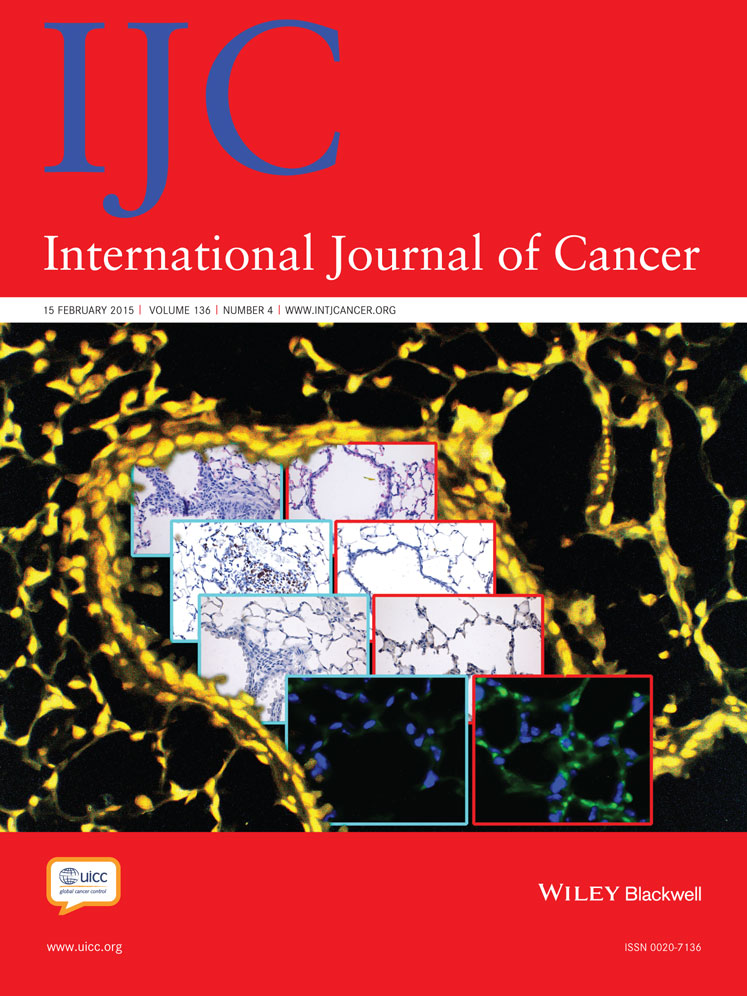Isolated limb perfusion with melphalan, tumour necrosis factor-alpha and oncolytic vaccinia virus improves tumour targeting and prolongs survival in a rat model of advanced extremity sarcoma
*T.D.P. and M.J.W. contributed equally to this work
Abstract
Isolated limb perfusion (ILP) is a treatment for advanced extremity sarcoma and in-transit melanoma. Advancing this procedure by investigating the addition of novel agents, such as cancer-selective oncolytic viruses, may improve both the therapeutic efficacy of ILP and the tumour-targeted delivery of oncolytic virotherapy. Standard in vitro assays were used to characterise single agent and combinatorial activities of melphalan, tumour necrosis factor-alpha (TNF-α) and Lister strain vaccinia virus (GLV-1h68) against BN175 rat sarcoma cells. An orthotopic model of advanced extremity sarcoma was used to evaluate survival of animals after ILP with combinations of TNF-α, melphalan and GLV-1h68. We investigated the efficiency of viral tumour delivery by ILP compared to intravenous therapy, the locoregional and systemic biodistribution of virus after ILP, and the effect of mode of administration on antibody response. The combination of melphalan and GLV-1h68 was synergistic in vitro. The addition of virus to standard ILP regimens was well tolerated and demonstrated superior tumour targeting compared to intravenous administration. Triple therapy (melphalan/TNF-α/GLV-1h68) resulted in increased tumour growth delay and enhanced survival compared to other treatment regimens. Live virus was recovered in large amounts from perfused regions, but in smaller amounts from systemic organs. The addition of oncolytic vaccinia virus to existing TNF-α/melphalan-based ILP strategies results in survival advantage in an immunocompetent rat model of advanced extremity sarcoma. Virus administered by ILP has superior tumour targeting compared to intravenous delivery. Further evaluation and clinical translation of this approach is warranted.
Abstract
What's new?
Attacking cancer with viruses is an strategy that's been pursued for decades, with mixed results. This paper examined the effectiveness of combining oncolytic viral therapy with isolated limb perfusion (ILP), in which cancer at the extremities is isolated and subjected to high doses of chemotherapy. Adding virus to this treatment in rats with sarcoma improved the rats' survival compared with standard ILP, and delivering the virus by this method got more virus to the tumor than giving it intravenously. This harmonious combination boosts the effectiveness of both methods, and certainly warrants further investigation.




